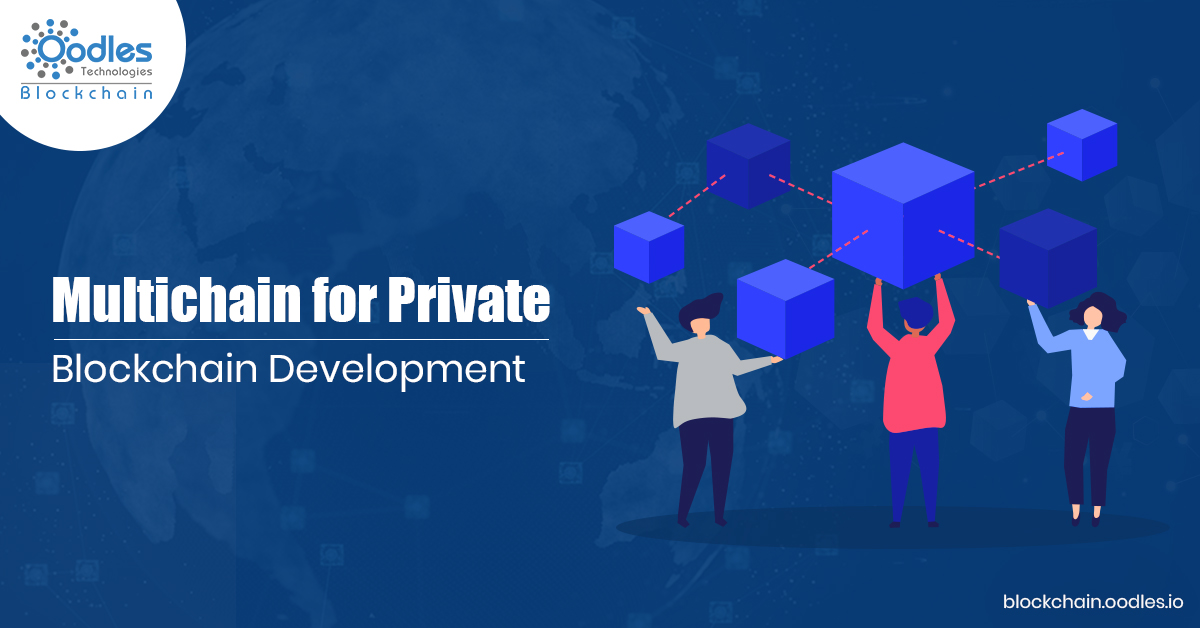-
Multichain is an enterprise, off-the-shelf blockchain platform, designed especially for the creation and deployment of private blockchains, either within or between institutions.
Its prime objective is to tackle a key obstacle related to the deployment of blockchain technology in the organizational finance landscape. It does so by providing the control and privacy needed in an easy-to-use package. Similar to the Bitcoin Core Software from which it's originated, Multichain also supports Windows, Linux and Mac servers. It provides a simple API and command-line interface.
In the next few subheadings, we highlight some of the features and uses cases of Multichain for Private Blockchain Development.
Multichain for Private Blockchain Development:
Multichain tries to fix the problem occurring within the aspects like mining, privacy, and openness using integrated management of user permissions.
It has three core aim: (a) to restrict and ensure that the activities on the blockchain are only visible to the chosen participants, (b) to enable control over for which transactions should get permitted, and (c) to simplify mining without using the PoW consensus algorithm and its related costs.
One of the prime advantages of using Multichain for Private blockchain development is that it solves the problems relating to scalability, as the participants manage and control the maximum block size. Further, as a closes system, the blockchain will only consider the transactions related to the participants and which are their interest.
To comprehend the permissions in Multichain, we set out by understanding that all cryptocurrencies maintain security and identity via public key cryptography. In which, users generate their private keys and never show them to other participants. Each key comes with a mathematically created public address which. This address represents an identity for receiving funds. When you send it to a public address, the funds can only be spent when the address holder uses his private key to 'sign' a new transaction. In a nutshell, access to a private key means is equivalent to ownership of any funds for which it's created to protect.
Apart from the control to access funds, such type of cryptography allows any message to be signed by a participant to validate that they are the owner of the private key and that it's corresponding to a particular address.
Multichain uses this characteristic to limit blockchain access to a set of permitted users. It does that by expanding the 'handshaking' process that takes place when to blockchain nodes connect.
- Each node shows its identity as a public address on that permitted users' list.
- Each node validates that the other's public address is available on its own version of the permitted list.
- Each node sends a message that challenges the other party.
- Each node revert with a signature of the challenge message, validating the ownership of the private key corresponding to the public address they have sent.If a node is not satisfied with the outcome, it halts the P2P connection.
The concept of connecting permissions to public address can be expanded to various other operations on the network.
For instance, the permission to send/or receive transactions can be limited to a provided list of addresses, as the transactions show the addresses of both the sender and the recipient.
In Multichain,
all rights are given and revoked using the transactions on the network containing special metadata. Automatically, the miner of the first 'genesis' block gets all rights, including admin privileges to manage other users' rights. The admin enables other users in the transaction whose results contain those users' addresses along with metadata highlighting the privileges conferred. Upon changing the admin and mining rights of other users, and extra limitation is placed, in which the lowest proportion of the concurrent admins must vote to execute changes. These votes get registered by each admin using a separate transaction, with the change proposed once enough consensus is achieved. Since any change or modification to privileges is incorporated in the metadata of transactions, they disseminate quickly to all nodes within the network, creating consensus regarding the existing situation of the play.

Our Offices
INDIA
Emaar Digital Greens, Sector 61,
Gurugram, Haryana
122011.
Welldone Tech Park,
Sector 48, Sohna road,
Gurugram, Haryana
122018.














